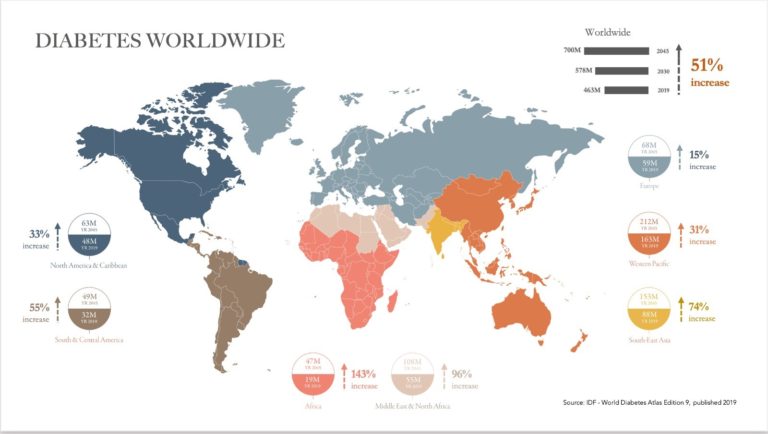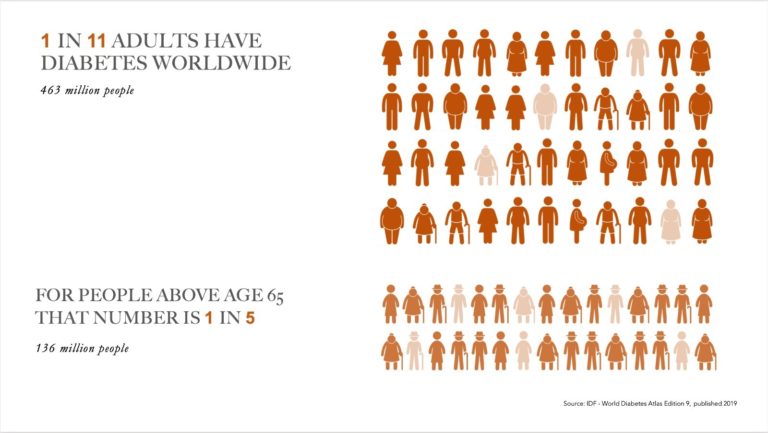ANGELENA CHAN.
designer; owner at Index design; co-funder Up-grain Foods. SINGAPORE.
have cake -- and eat it.
Two news articles published on the same day at end-December 2020 speak vividly of the prevalence of snacks and fast food in daily life — not just today but indeed some 2,000 years ago.
Archaeologists have found in Pompeii, the Roman city buried by the volcanic ash of Mount Vesuvius in AD79, the remains of a thermopolium (Latin for ‘hot food and drinks counter’), its brightly colored frescoes — some depicting animals that were likely butchered and sold there — strikingly intact.
Traces of pork, fish, snails and beef had been found in deep terracotta jars containing hot food, that were embedded in circular holes on the counter, which served as the shopfront. Animal bone fragments were also among the findings unearthed on the site.
The food and drink residue was found in December, two months after work on excavating the interior of the thermopolium began. First partly unearthed two years ago, the snack bar is located in Pompeii’s Regio V archaeological site, which was unveiled the day after Christmas.
More than 80 such olden food joints have been discovered in the ruins of Pompeii in more than two centuries of excavation, but this latest finding is the first time that an entire thermopolium has been dug out.
Ubiquitous in the Greco-Roman world, thermopolia were street-food eateries of the day that served up the ancient equivalent of fast food. According to historians, on-the-go Romans — including a significant portion of Pompeii’s population of some 20,000 — regularly flocked to these snack bars for a quick bite.
And while a number of the thermophilia had been found, according to a BBC report, to have “decorated back rooms” that may have functioned as dining rooms, apparently most sold food that were meant to be eaten on the run rather than sitting down.
In other words, fast food didn’t necessarily originate with American burger joints in the 1920s nor with 19th-century fish-and-chips shops in the United Kingdom.
And of course the concept of quick takeouts has over the centuries expanded well beyond thermopolia, hamburger and fried chicken chains to food trucks and vending machines, among other food joints — and around the world, with localised versions of kebab kiosks and roadside stands in just about every city and town across the globe.


It’s the latest step in the UK government’s mission to tackle obesity and improve public health. The government sees obesity as one of Britain’s biggest long-term public health problems: Almost two-thirds of adults in England are overweight and one in three children leave primary school overweight or obese.
“Creating an environment which helps everyone eat healthier foods more regularly is crucial to improving the health of the nation,” said British Public Health Minister Jo Churchill.
UK has also implemented taxes on sugar-sweetened beverages in a bid to reduce their consumption — one of some 40 nations to do so.
A sugar tax remains one of the measures on the table for Singapore in its efforts to reduce Singaporeans’ sugar intake. Instead, in October 2019, the republic announced plans to ban advertisements of packaged drinks with very high sugar content. Beverages with medium to high amounts of sugar or saturated fats will have mandatory front-of-pack labels stating they are unhealthy. The UK, meanwhile, is also considering a total ban on online junk food advertising.


Pre-pandemic, the disease was one of the biggest drains on the public healthcare system, costing the country over S$1billion a year to manage. If left unchecked, close to 1 million people in Singapore could end up with diabetes by 2050.
Globally, 1 in 11 adults — some 463 million people — already live with diabetes.
The disease has been described as “the silent epidemic that is three times as deadly as Covid”, having killed 4.2 million people in 2019.
Projections by the International Diabetes Federation (IDF) see the number of people afflicted with the ailment rising to over 700 million by 2045.
Covid-19 may have set back some of the regulatory moves planned for 2020, such as advertising bans on high-sugar drinks.
But in fact, amid the coronavirus pandemic, the World Health Organization announced on November 14, World Diabetes Day, a Global Diabetes Compact, to be launched in April 2021. The goal is to support countries in implementing effective programmes for the prevention and management of diabetes, with particular focus on health promotion efforts, especially by reducing obesity among young people.
Increasing wealth and access to unhealthy foods are among the key factors behind the rise in the number of people with diabetes, the IDF notes. And the condition can be managed, even reversed, by changes in diet, increased exercise, stopping smoking, and overall maintaining a healthy body weight.
Demand for healthier food options is obvious. But what if the food we love is also good for us — and great-tasting too? For food scientists and entrepreneurs, the market for healthy, delicious staples (even snacks and fast food) beckons.